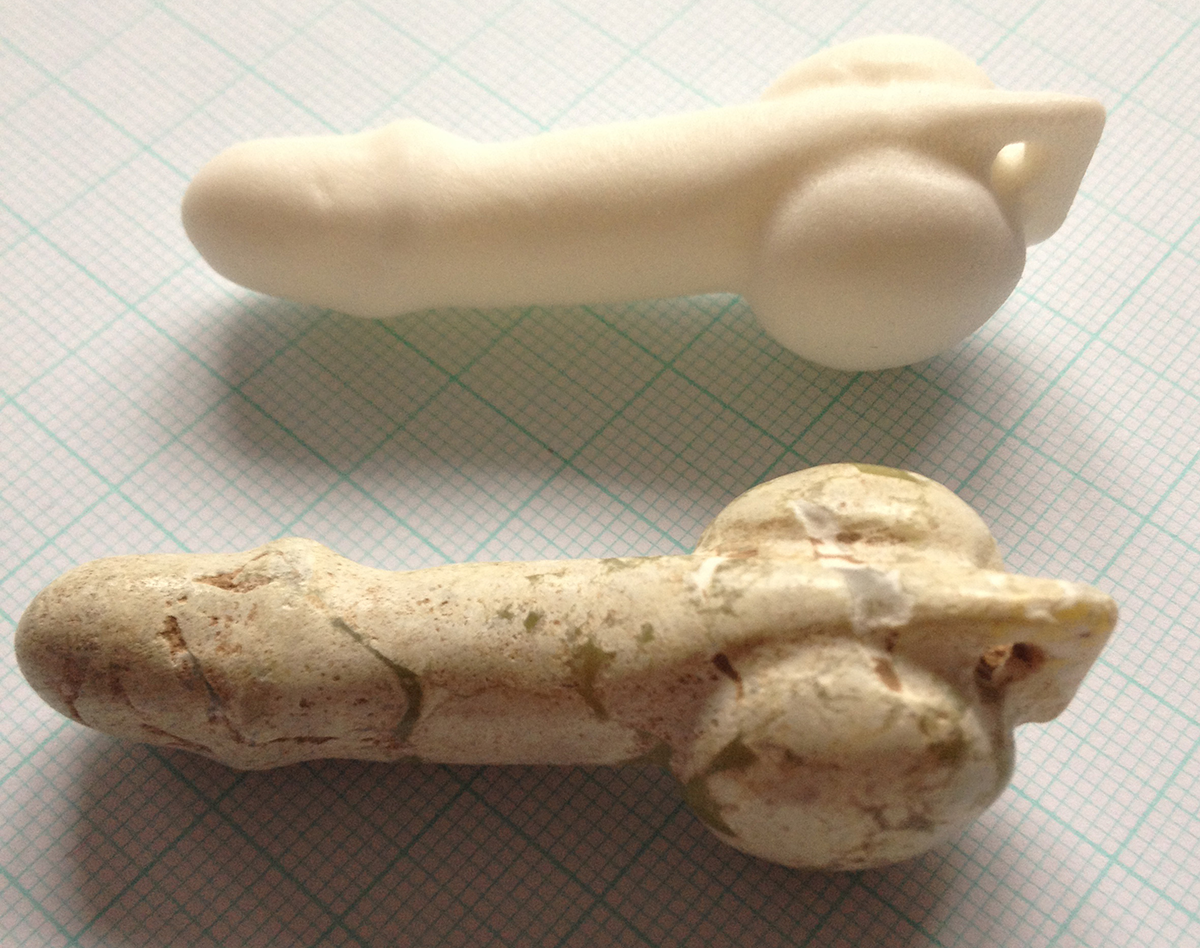When Exeter University academics Kate Fisher and Rebecca Langlands were examining the massive collection of historical artifacts being kept in the stacks at London’s Wellcome Collection, they discovered a wide variety of oddities that have probably never been seen by the rest of the world. These were the types of artifacts that history tends to ignore because they often related to human sexuality, and even now many people would consider them inappropriate for study. The collection of items numbers around 10,000 and date back from the Victorian Era all the way back to prehistory.
The Wellcome Collection caters to art, relics, and medical artifacts that specifically relate to the history of the human body and society. The two researchers decided that many of the pieces found in the collection have important roles to play in sex education because they can help frame how our modern attitudes towards sex and the body developed. In order to prove these types of artifacts were beneficial for students, Fisher and Langlands started The Sex & History project. Due to the fragility of many of the pieces, letting students handle them was ill advised, so the pair turned to creating reproductions using modern 3D scanning and 3D printing techniques.
Most reproductions are created by casting an artifact in a mold, with which to form duplicates. Unfortunately, many pieces are far too delicate to survive typical reproduction methods. 3D scanning was an obvious solution to dealing with the fragility of certain artifacts, and 3D printing technology and materials have advanced enough that it is possible to create passable copies in several materials.
In order to test out how well different 3D printing techniques could reproduce different materials, they used two different types of penis-shaped amulets. The first was a bronze amulet that was typically worn by Roman boys and Roman soldiers. Their replica was laser sintered in actual bronze. Fisher and Langlands found that, while this reproduction lacked the level of detail of the original amulet, it felt heavy and had a slight patina that made it look and feel a lot like the original.
The second amulet that Fisher and Langlands scanned was a steatite amulet typically found in Chinese tombs dating back to c1100- c256 BC. The final reproduction was created using Shapeways’ ‘White, Strong & Flexible’ laser sintered plastic, which yielded a realistic looking copy, but with a weight and feel that were completely off. They looked for other 3D printing processes that could reproduce stone, but methods that used stone dust proved incapable of reproducing enough detail.
In the end, the pair is continuing to test which materials and artifacts benefit the reproductions most. Once settled, duplicates can be produced them in large runs using traditional molding techniques. This would allow any interested school or educational facility to have their own copy of the original, without a significant cost. You can see more images and read the entire fascinating article about the project over on their blog, Conversation Pieces.






